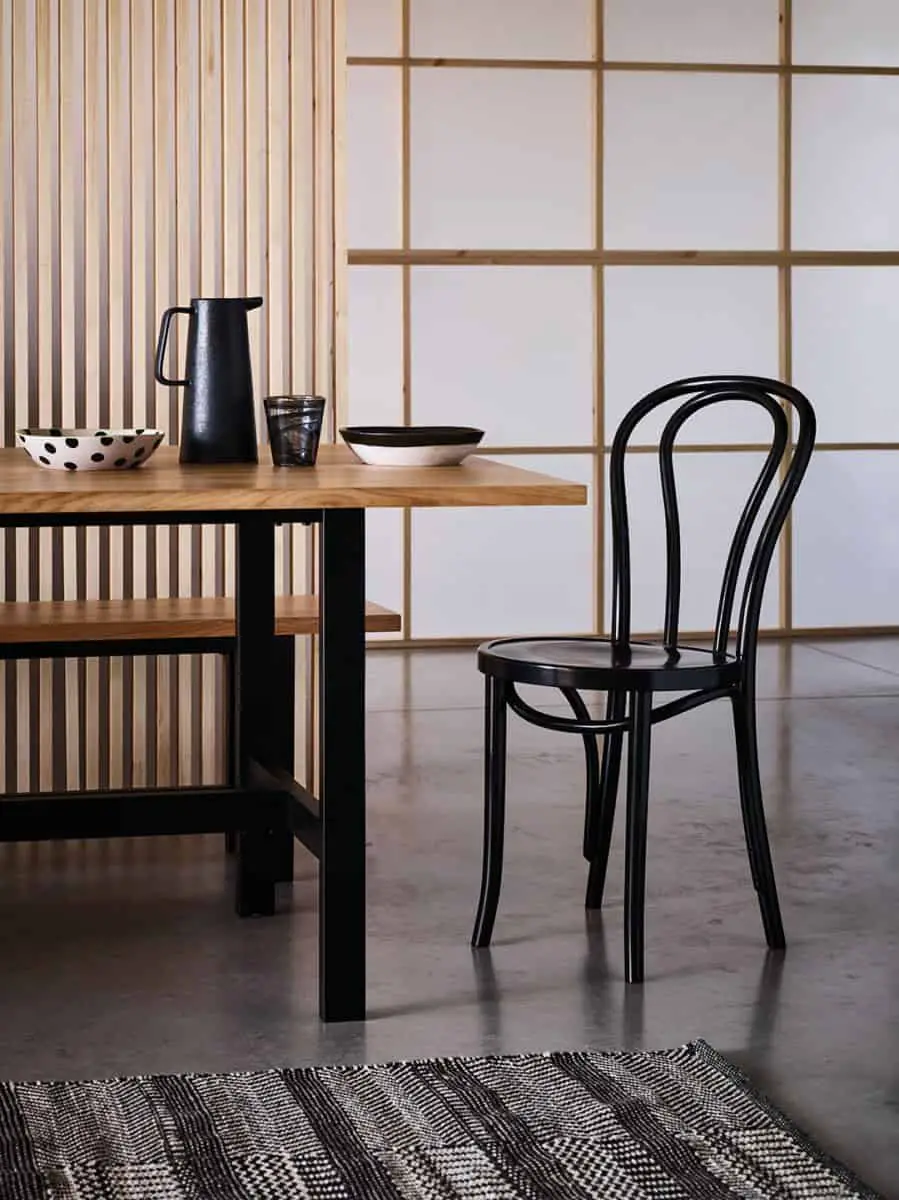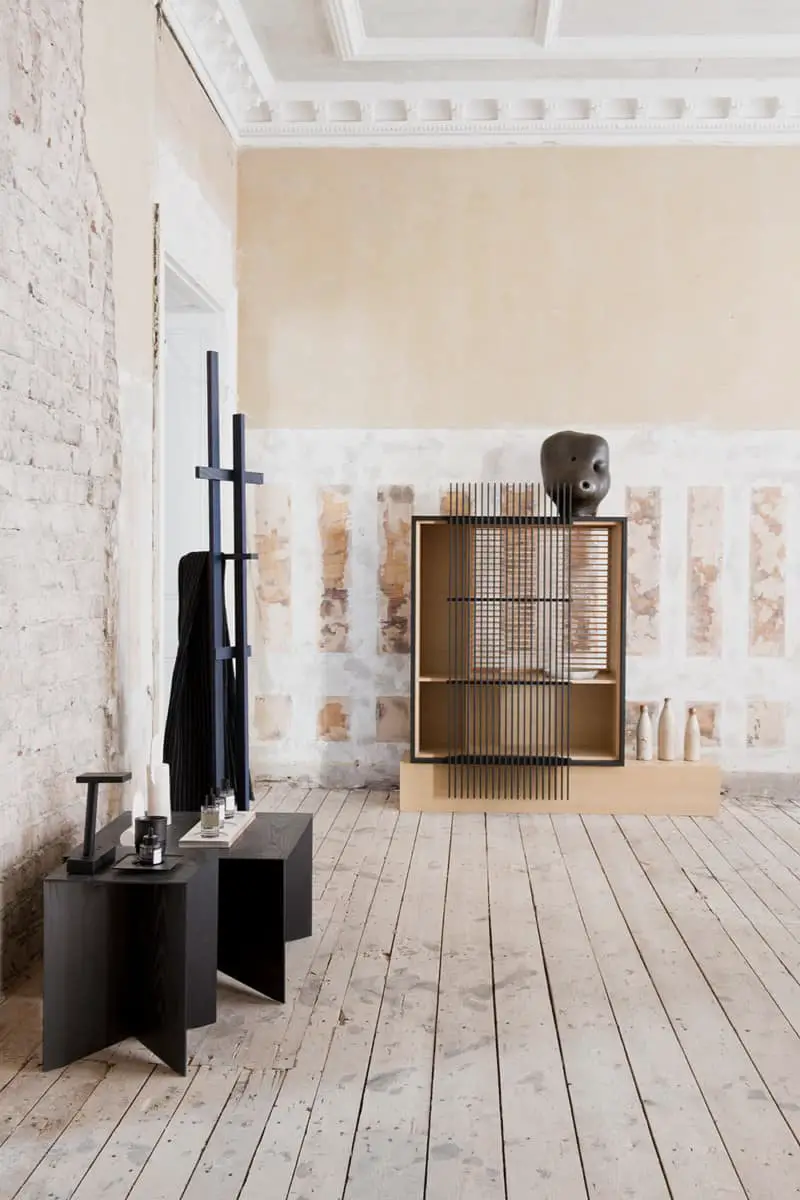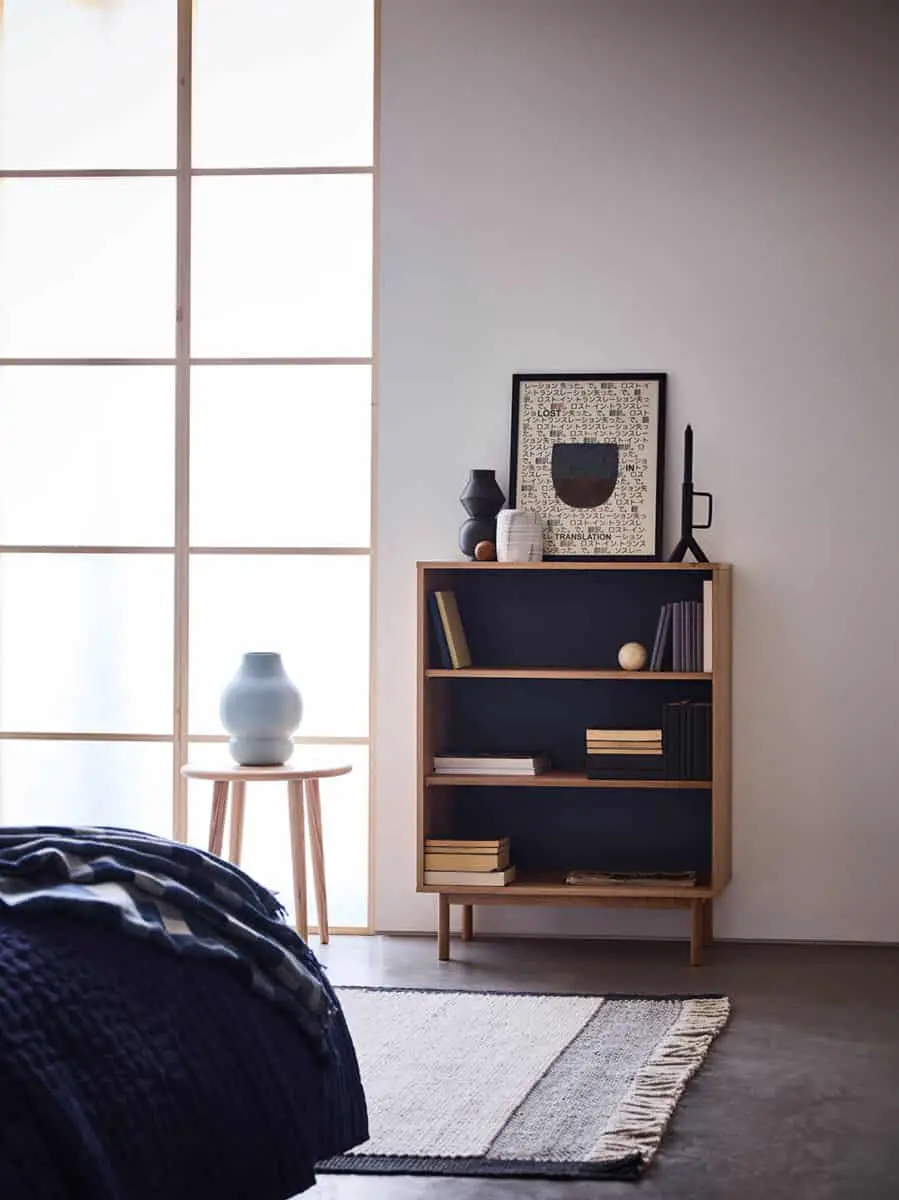You may have heard of Japandi style being mentioned the last couple of years. Japandi interior design is the fusion of Scandinavian and Japanese styles in a cutesy moniker. Combining the best of both aesthetics, Japandi interior style is here to stay in the unique combination of Japandi design. After all, both Scandinavian influences and minimalist trends have been huge for decades. Japandi colours borrow from both aesthetics to create cozy minimalism and the long-awaited return of the color brown.
What is the Japandi style?
Japandi style is the fusion of the Scandinavian and Japanese sensibilities. Think the wabi sabi aesthetic of Japan where imperfection is beautiful meets the Danish hygge idea of coziness. The Japandi trend lies at the intersection of simplicity with coziness.
Similarities between Scandi and Japanese Style
Japanese and Scandinavian style isn’t that far apart in their aesthetic. Here’s how they are similar:
- a less cluttered approach to interiors
- clean minimal lines
- the importance of functional style, i.e., practicality
- natural elements
While both Scandinavian and Japanese styles are noted for their minimalism, Japan has traditionally been associated with elegance veering towards formal and Scandinavians with modern rustic heading towards farmhouse.
Of course, the mid century modern designers were inspired by Japanese influences which has also helped!
Differences between Japanese and Scandi style
Here’s how traditional Scandinavian and Japanese interiors are different:
- Scandinavians like their light colours and woods
- Japanese style prefers darker wood and richer tones, such as black and red.
- Scandinavian accents tend to add coziness like pillows and throws
- Japanese accents add practicality like screens and vases
- Emphasis on serenity and harmony in a room
What makes Japandi interior design?
Japandi design creates a warm and cosy room with natural elements in a minimalist style. Eliminate the cool edge of a simple design by emphasising warm textures and natural colours.
Tips for creating a Japandi interior style
- Create contrast using colours, such as a dark neutral base mixed with lighter wood.
- Add house plants to soften a minimalist space and add warmth
- Use both curved and straight lines
- Organise the clutter away
- Introduce warmth into the room with natural fibre rugs
- Use natural materials, such as wood, bamboo, rattan and silk
- Use multifunctional accessories in a Japandi interior
You know Japandi interior design has infiltrated the mainstream when purveyor of Scandinavian design, Ikea suggests ways to create Japandi design with their furniture.
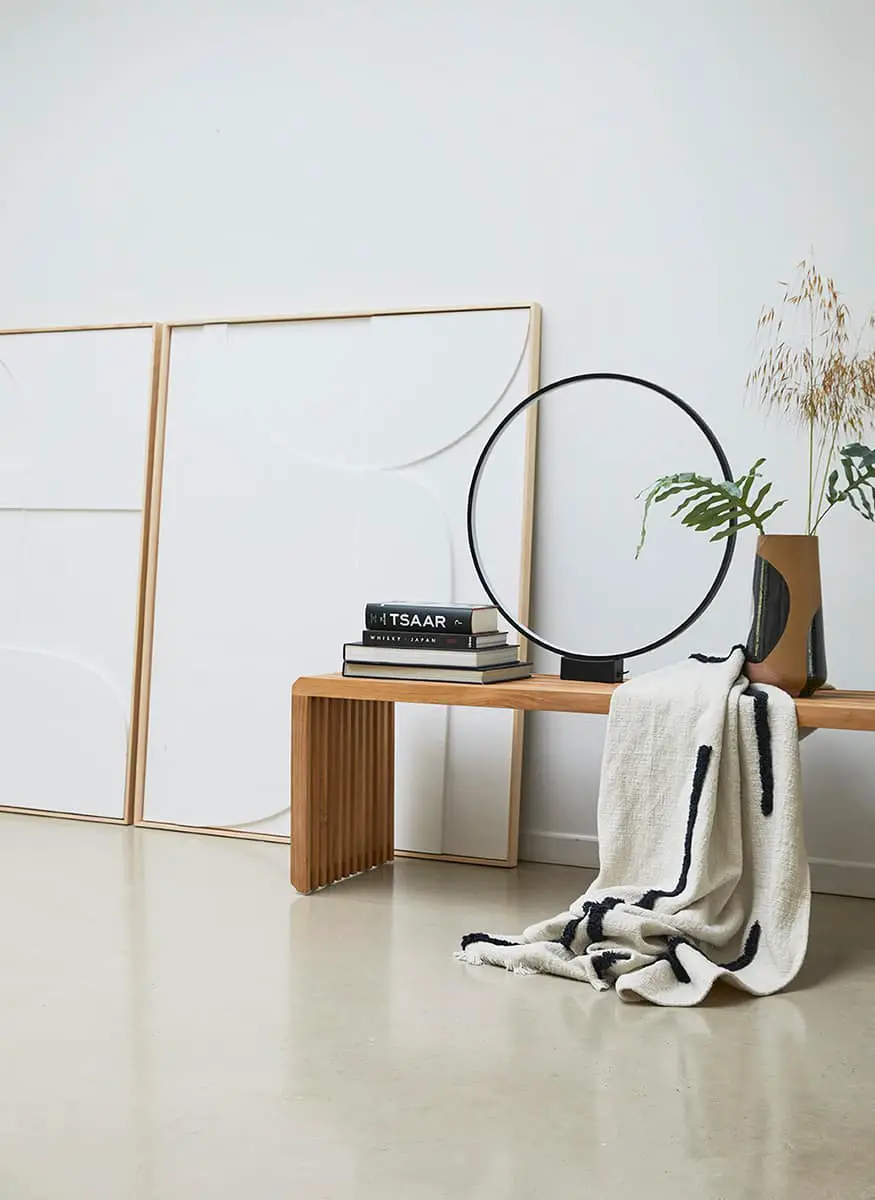
The Japandi trend as shown with this tufted throw by Dutch Brand HK Living
(image credit: Coffee & Cloth Ltd)
What are Japandi colors?
The Japandi colour palette is neutral and muted and based on natural tones – think colours in the brown family – oatmeal, sand, cream, champagne, beige and stone.
For a Japandi interior add interest with contrasting colours. You have the choice of the usual Scandinavian colours like light pastels or grey or the Japanese favourites like black or a darker grey.
Read More!
Like the look of Japandi style? Spread the Word! Pin this to your Pinterest Boards for future reference!
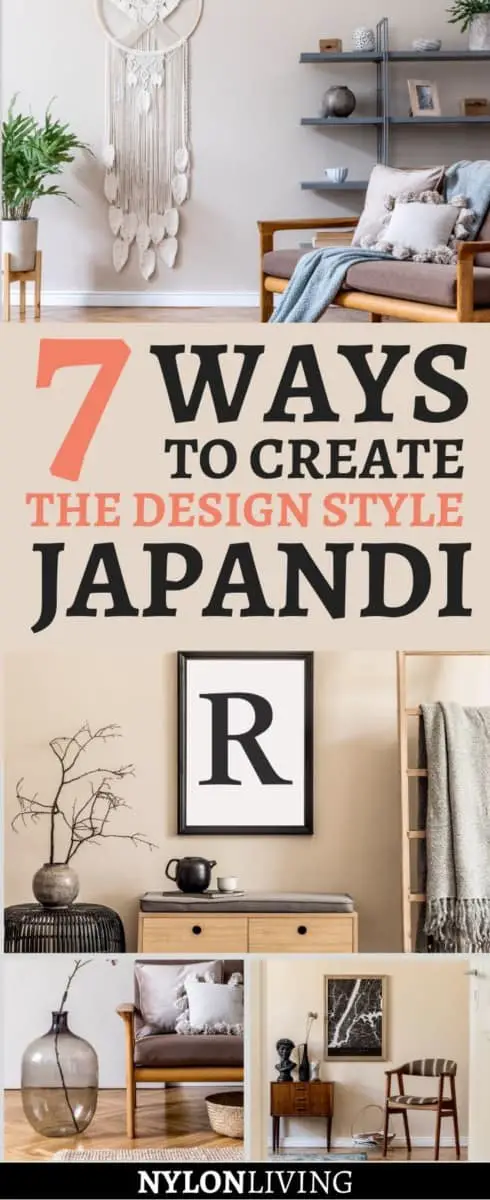
What is Japandi decor? We show you 7 ways to style Japandi interior design for modern homes. Whether you are looking for Japandi living room design, Japandi bathroom design or even Japandi bedroom design, use these 7 tips to create a Japandi interior style perfect for you. We also suggest the Japandi interiors colors that work best for the home design ideas that appeal to your love of a neutral color palette. With Japandi style, interior design with a neutral color scheme is far from boring!
We did not receive compensation of any form, monetary or otherwise, from any of the products, services, hotels. etc mentioned in this article.
This site generates income via partnerships with carefully-curated travel and lifestyle brands and/or purchases made through links to them.
